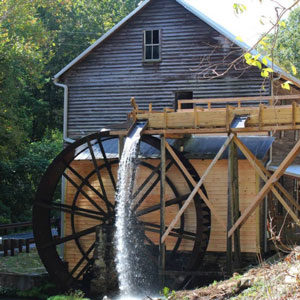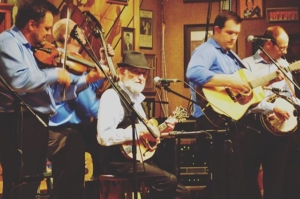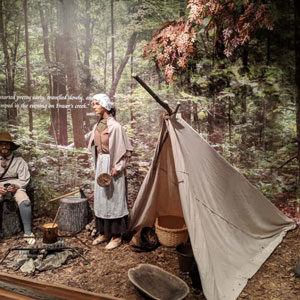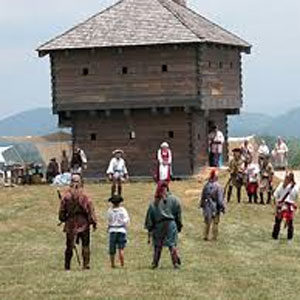History
A RICH HISTORY SPANNING 8,000 YEARS
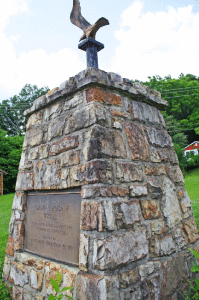 Scott County’s rich history spans 8,000 years. Visitors can follow in the footsteps of Daniel Boone, visit breathtaking railroad trestles or trace the history of country music.
Scott County’s rich history spans 8,000 years. Visitors can follow in the footsteps of Daniel Boone, visit breathtaking railroad trestles or trace the history of country music.
Native Americans
Native Americans lived and hunted in Scott County for thousands of years. A number of village sites have been found in the county as well as an abundance of artifacts. But when the first European explorers ventured into the county, all they found were remains. Who were these early inhabitants and where had they gone? The mystery remains to this day, although some suspect that the Native Americans were members of the Yuchi Tribe, who were remnants of the old mound-builder culture.
Early European settlers noted that a Native American village once stood on the south bank of the Clinch River near the mouth of Little Stony Creek. A 1977 archaeological excavation shows evidence of another settlement outside Dungannon.
European Settlers
The earliest European settlers to Scott County built forts to protect themselves from the “Indians.” Fort Blackmore was one such structure, constructed on an ancient elevated floodplain on the north side of the Clinch River. For many years, the fort was on the extreme frontier of Virginia and was used by hunters, explorers and settlers for rest and refreshment.
In 1774, Daniel Boone commanded Ft. Blackmore, along with the several other forts on the Clinch River, while militiamen were engaged in the Point Pleasant campaign of Dunmore’s War. The next year, Daniel Boone headed west, blazing a trail from what is now Kingsport to the Cumberland Gap, through which he entered Kentucky.
Despite the presence of hostile Indians, plentiful game in the area and the dream of home sites to the west prompted thousands of families to follow the Wilderness Trail over the next few decades. Modern visitors can view many of the historic sites along the Daniel Boone Wilderness Trail and Fincastle Loop, both self-guided driving tours that include the famous fortified Blockhouse
Meanwhile, folks were settling in Scott County itself. They came from eastern Virginia, from Augusta County, Virginia, and from the 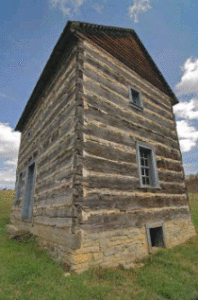 Yadkin Valley in North Carolina, along with a few from Ireland. Rather than retreating to forts every time Indians came to call, many of these settlers opted to build their own fortified houses. One of these — Kilgore Fort House, outside Nickelsville — is still standing. This is probably the oldest house in the county, although the structure at Osborne’s Ford outside Dungannon may be a close second.
Yadkin Valley in North Carolina, along with a few from Ireland. Rather than retreating to forts every time Indians came to call, many of these settlers opted to build their own fortified houses. One of these — Kilgore Fort House, outside Nickelsville — is still standing. This is probably the oldest house in the county, although the structure at Osborne’s Ford outside Dungannon may be a close second.
As pressure from the Native Americans eased, Scott County became more populated. Mountain farms scratched a subsistance life out of the mountains soils while communities sprang up around mills like the Bush Mill, an operational grist mill outside Nickelsville. A spur road from the Wilderness Trail ran through the heart of Scott County starting in 1841, and the Fincastle Turnpike is now a second driving trail that passes by many historic sights.
By this time, Scott County had been formed by an act of the Virginia General Assemby. The county was created out of parts of Washington, Lee, and Russell Counties on November 24, 1814, and named after General Winfield Scott.
A third driving tour winds past historic buildings that span 200 years of the county’s history and include the remains of the magnificent Hagan Hall.
Railroad History
Scott County’s isolated character changed dramatically when the railroads broke through the mountains. Several historic tunnels and trestles can be viewed around the county, including The Copper Creek Double Trestle, dating from 1890 and 1908, or the Guest River Gorge Trail, dating from 1922, and the route that runs through the magnificent Natural Tunnel near Clinchport.
Stop by the Duffield Train Museum to see railroad memorabilia.
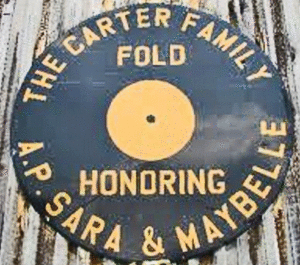
Country Music
Scott County is also home to a musical landmark. The Carter Family Fold and Museum showcases the home of the world-famous family who led to the birth of country music.
Genealogy
Do you think your ancestors may have lived in Scott County? The Scott County Court House in Gate City has original records dating back to 1815, and the county library has original histories compiled by some of our local authors. The Scott County Historical Society recently moved into a new home in the former Gate City Jail on Jackson Street. Volunteers can help you trace your family’s history or provide historical information about the county.


